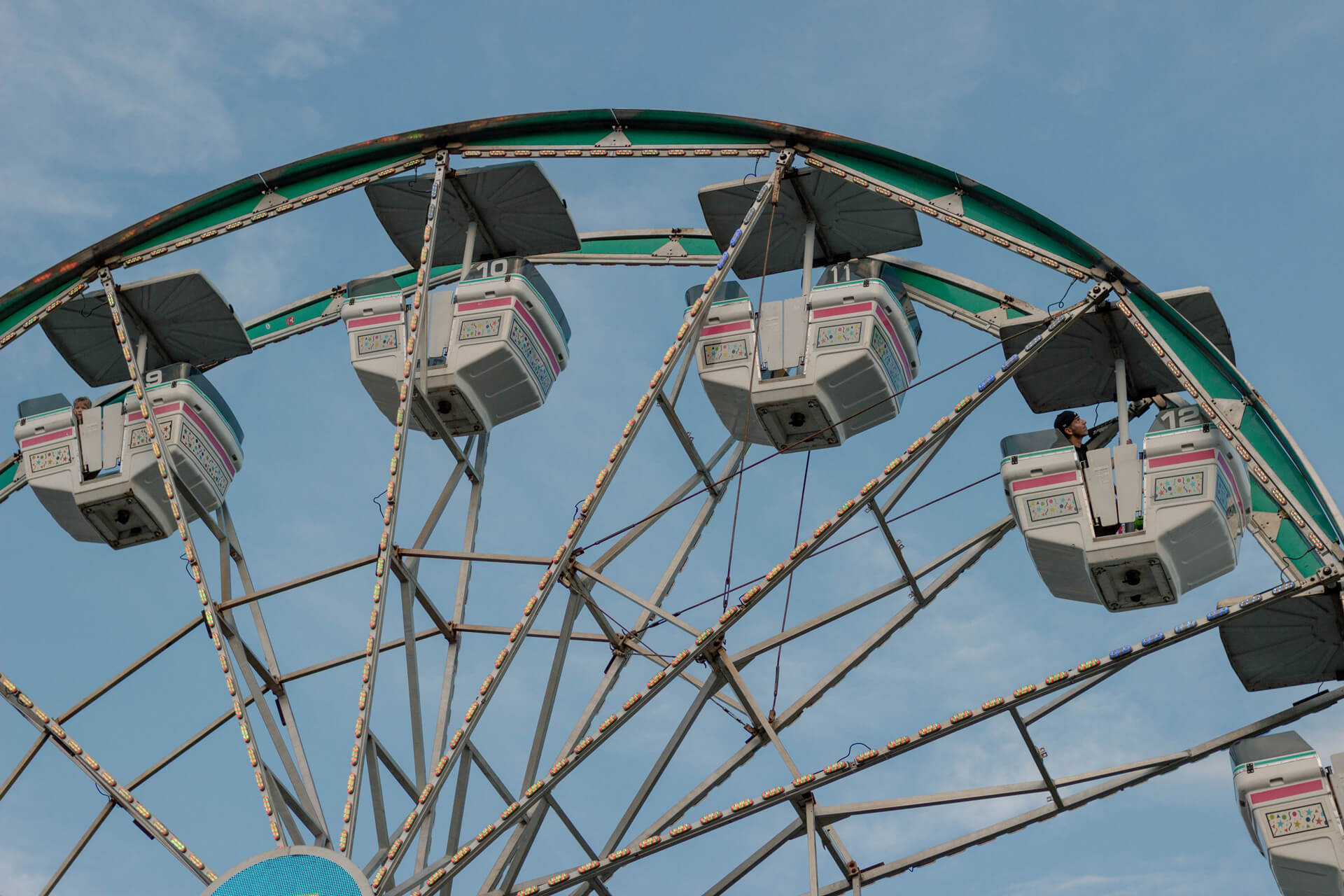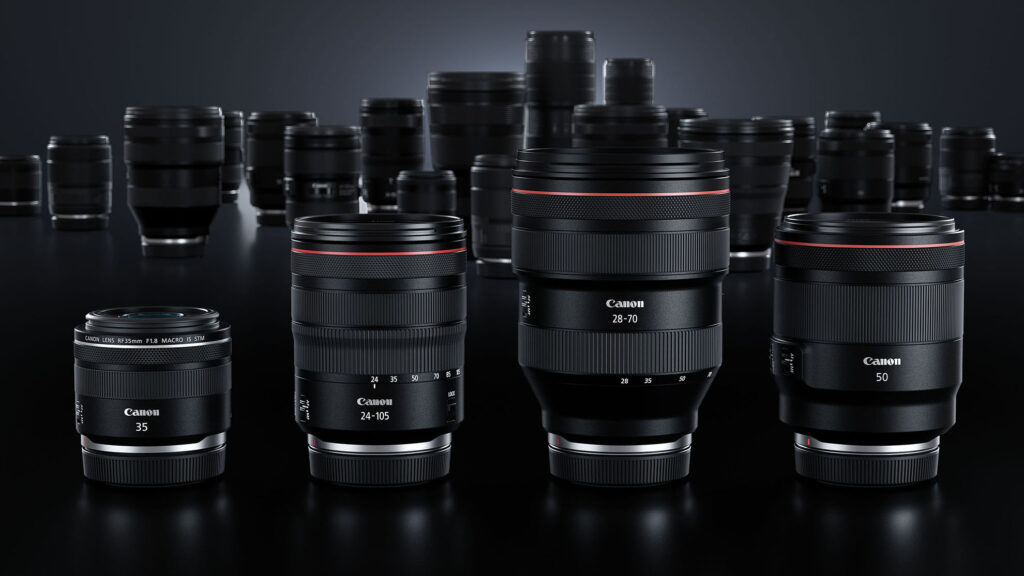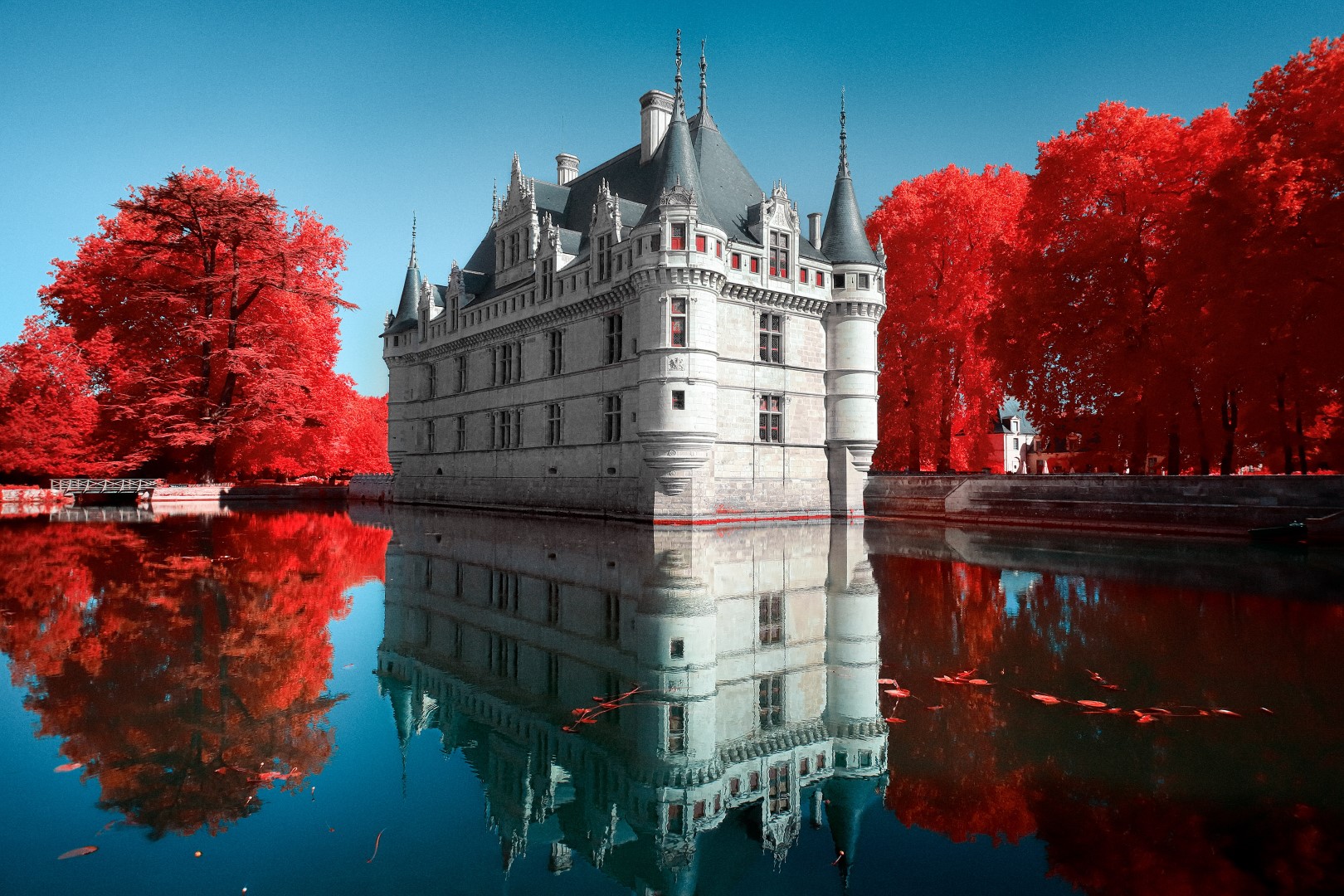Just as regular visible light photography requires ample light, so does infrared photography. However, not all light is created equally across all spectrums. Read on to discover the various sources of infrared lighting that can be used for IR photography.
Lighting for Infrared Photography
Daylight
Across each spectrum (UV, visible, and IR), the best light source is unpretending daylight. Sunlight has plenty of infrared light — about as much as visible light — and effortlessly illuminates your subject for IR photography.
Incandescent and Halogen Lights
Incandescent lighting will produce sufficient infrared light for indoor shooting. If you need to shoot indoors, you should check that incandescent or halogen lighting is available. Incandescent lighting will use a white balance setting close to what would be set outdoors for IR.
IR LEDs
Dedicated infrared LEDs work well for IR illumination. These are good for providing a constant directed light source. Our Kolari Invisible Infrared Flashlight is small and lightweight. It features a telescopic zoom head, making it perfect for on-demand IR lighting and bright enough for indoor shooting with a full spectrum or infrared converted camera. TV remotes also use IR LEDs, so a TV remote can be used as an IR flashlight in a pinch.
IR LEDs are generally invisible to the eye, although some lower wavelength ones may faintly glow red. They can be used for discretely illuminating the subject or for nighttime shooting. LEDs emit around a single wavelength, so when selecting the LED illumination source, you should check that the wavelength of the LED is higher than the IR filter used on the camera. For example, a 780nm IR LED will work with a 720nm filter but will not be visible using an 850nm filter.
Camera Flash
All camera flashes emit infrared and visible light when they fire, so they can be used for IR flash photography. It is possible to cover the flash with an IR filter to eliminate the visible portion and have a dedicated infrared flash. We’ve built a multi-spectral flash that incorporates this. When modified like this, the flash will still be visible as a red glow when looking at the camera but is generally non-obtrusive. Some flashes will not keep the white balance from the camera, while others will.
Insufficient Lighting for Infrared Photography
Fluorescent Lighting
Fluorescent lighting is optimized for energy efficiency. This is partly done by limiting the emission of these lights to only the visible spectrum. As such, these lights have only a very faint IR emission and are not adequate for infrared photography. This is true of both CFL-type bulbs and larger tube-style fluorescent bulbs. If shooting indoors, it is important to make sure that there is a source of incandescent lighting; otherwise, there will not be enough light from just the fluorescents.
Household LED Lighting
Since LEDs emit around a single wavelength, visible LED lighting is useless for infrared. Newer LED lightbulbs, for example, will not work for infrared photography.
No matter what type of photography you shoot, nothing beats the simplicity and the results you get from using natural light. But when that’s not available, there’s always a way to make it work. You just have to know which lighting emits the suitable wavelengths to achieve the look you’re after.









3 Responses
I did not realize that the best source of infrared lighting is natural daylight. Photography is something I like, and I would like to get some infrared sources for lighting. Incandescent and Halogen lights will have to be something I look more into for the type of lighting I want.
Sunlight is the best source for IR illumination, yes, but don’t forget the Moon. A full Moon reflects lots of sunlight and is a great IR illuminator.
It would be helpful to expand this article beyond household lighting to include typical urban lighting.